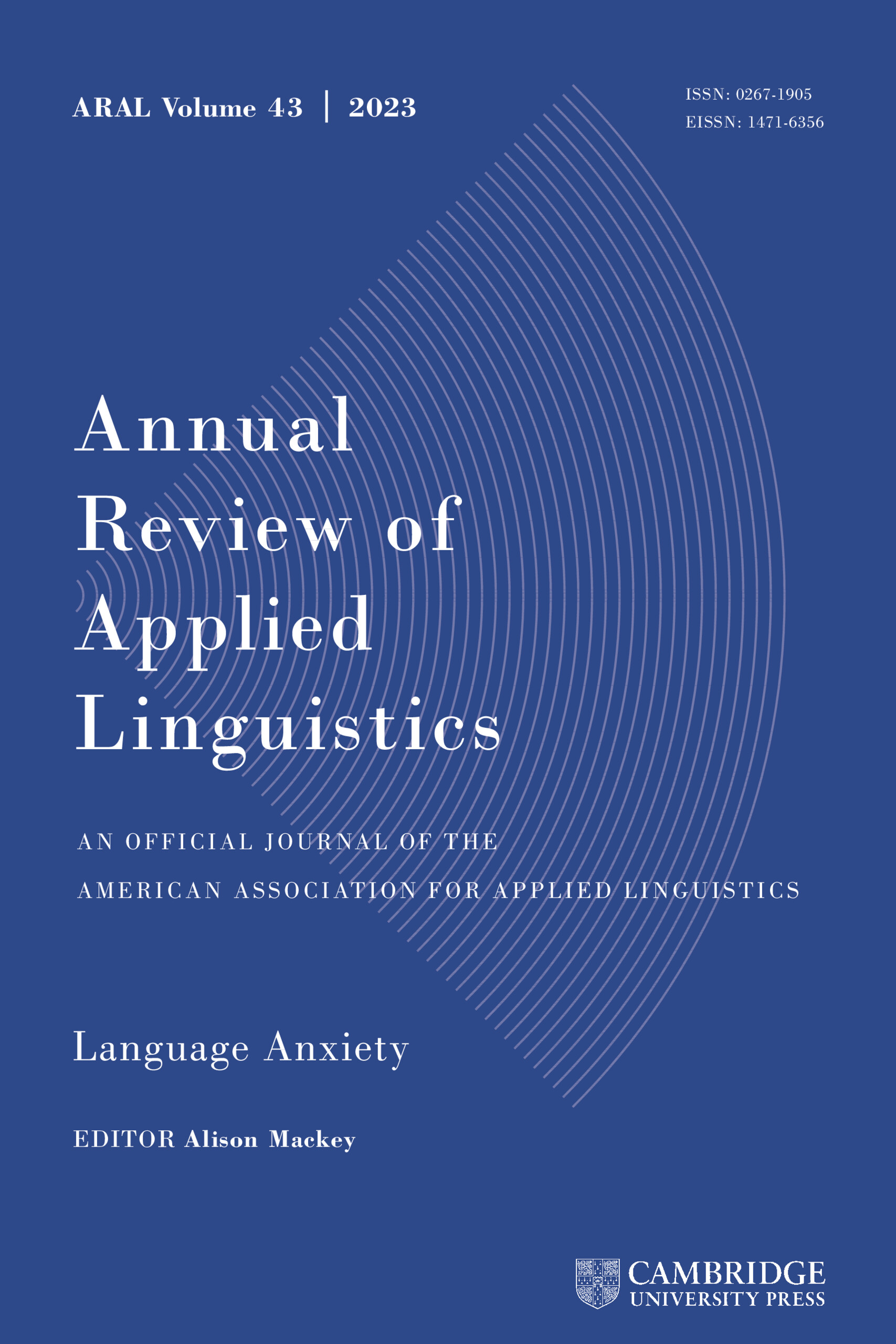No CrossRef data available.
Article contents
Ethical AI for language assessment: Principles, considerations, and emerging tensions
Published online by Cambridge University Press: 01 September 2025
Abstract
Many language assessments – particularly those considered high-stakes – have the potential to significantly impact a person’s educational, employment and social opportunities, and should therefore be subject to ethical and regulatory considerations regarding their use of artificial intelligence (AI) in test design, development, delivery, and scoring. It is timely and crucial that the community of language assessment practitioners develop a comprehensive set of principles that can ensure ethical practices in their domain of practice as part of a commitment to relational accountability. In this chapter, we contextualize the debate on ethical AI in L2 assessment within global policy documents, and identify a comprehensive set of principles and considerations which pave the way for a shared discourse to underpin an ethical approach to the use of AI in language assessment. Critically, we advocate for an “ethical-by-design” approach in language assessment that promotes core ethical values, balances inherent tensions, mitigates associated risks, and promotes ethical practices.
Information
- Type
- Research Article
- Information
- Copyright
- © The Author(s), 2025. Published by Cambridge University Press.


